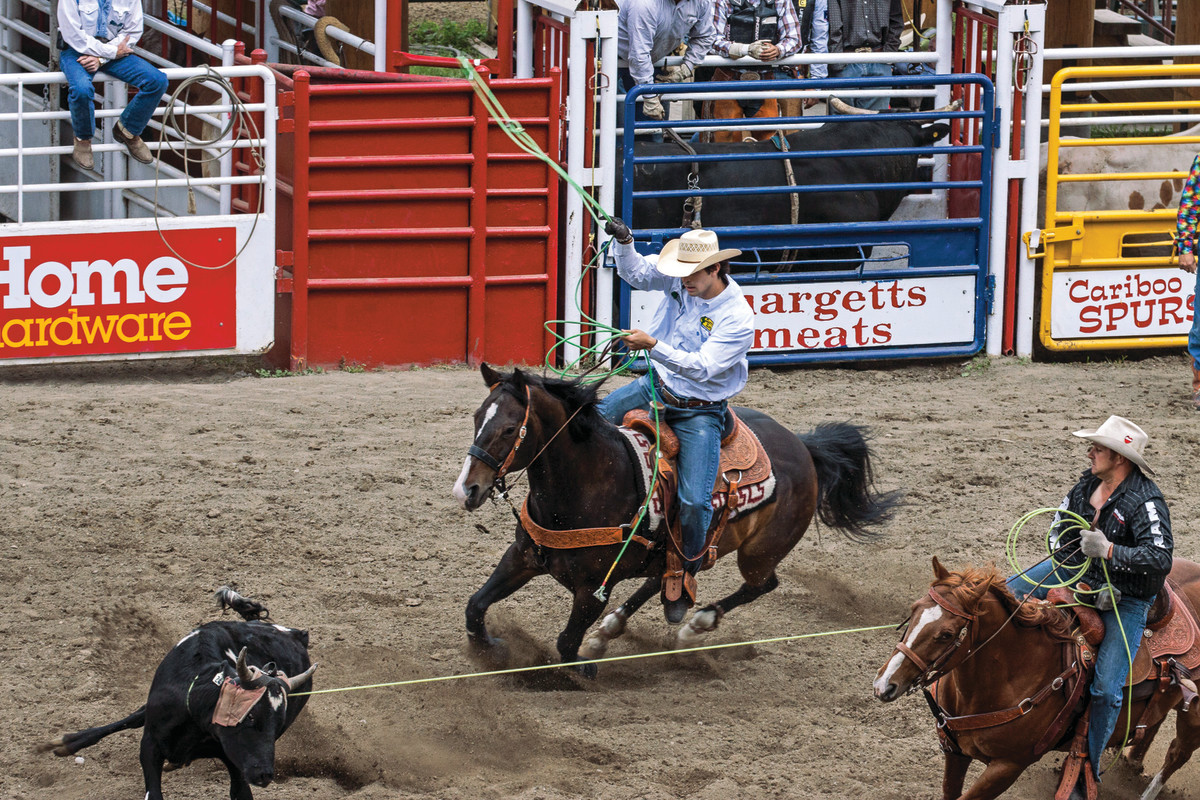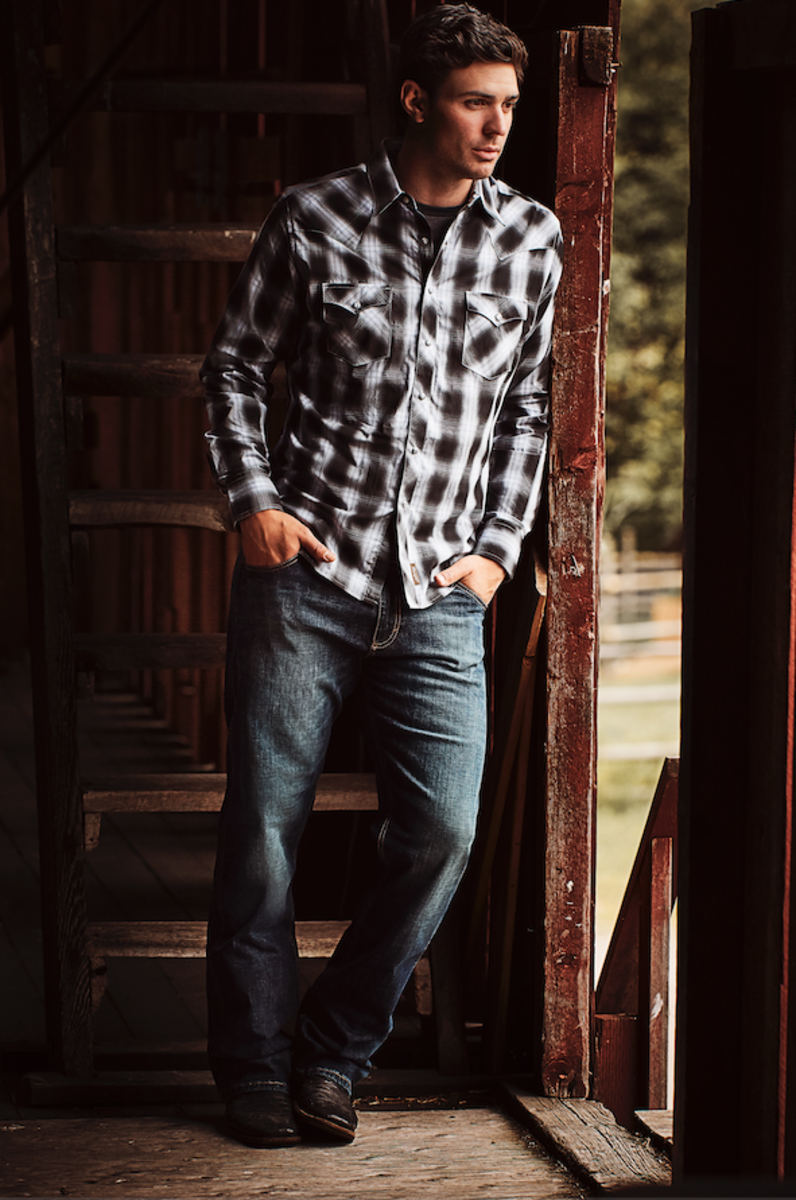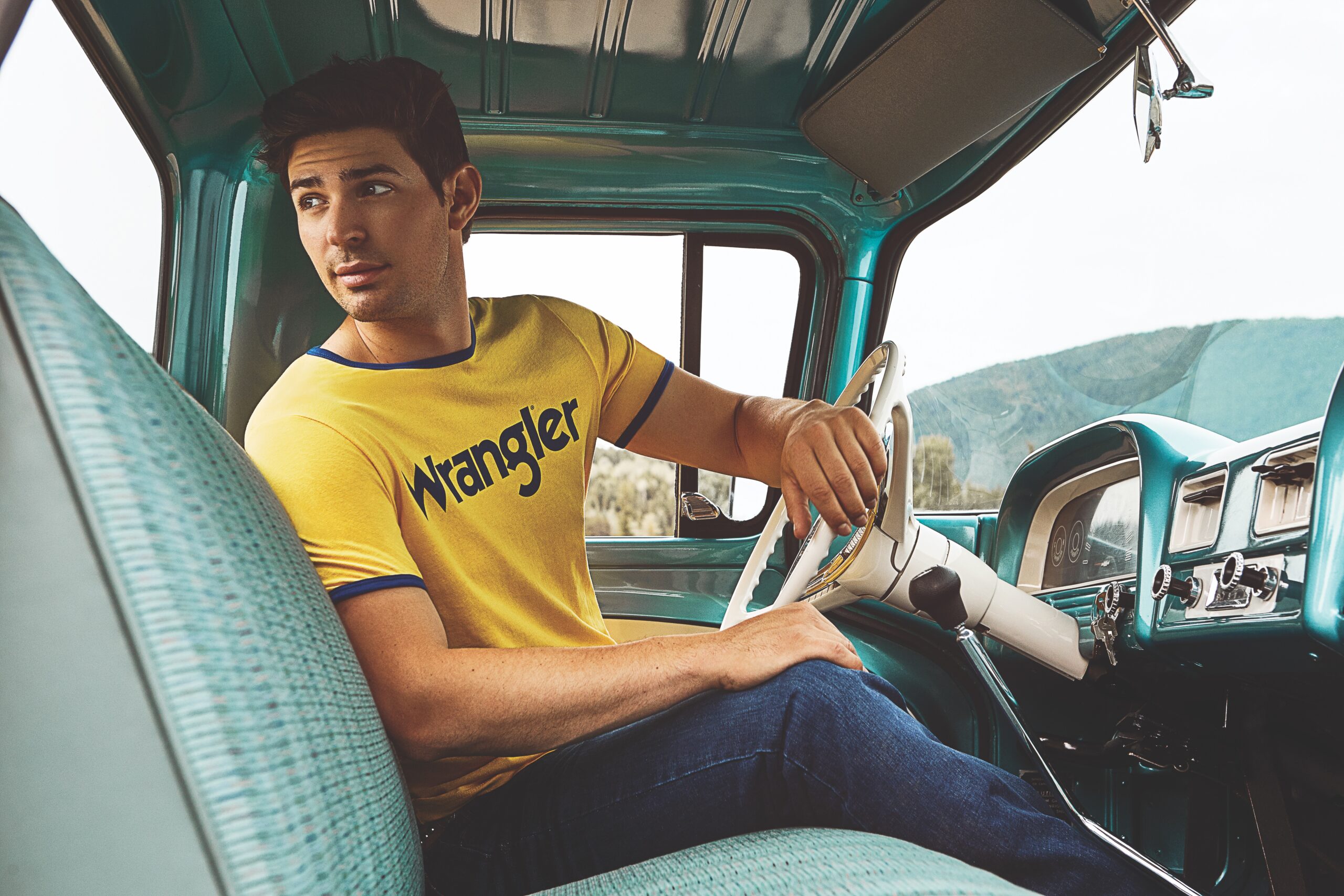Carey Price, 35, is a goaltender in the National Hockey League for the Montreal Canadiens, who just so happened to develop a heeling habit in the early years of his hockey career.
A buddy of eight-time world champion Speed Williams, Price, of Anahim Lake, British Columbia, a 4 heeler, even had Jake Barnes and Clay O’Brien Cooper painted on his goalie helmet in the early days of his NHL career. He’s now won nearly every major award in hockey, including the William M. Jennings Trophy (fewest goals allowed and given by the NHL), the Vezina Trophy (best goaltender chosen by NHL general managers), the Ted Lindsay Award (most valuable player, voted by NHL Players Association), and the Hart Memorial Trophy (most valuable player, voted by Professional Hockey Writer’s Association), becoming the first goaltender in NHL history to win all four individual awards in the same season. He’s got an Olympic Gold Medal from Sochi and was voted the best goaltender at those games in 2014 and has been an NHL All-Star six times.
Q: Tell me about your background in horses, and how and why you came to roping later.
A: We did have horses on our property at Anahim Lake, BC. The Williams Lake Stampede is a big deal in our area so while watching the team roping event one day I thought, “That looks cool, I think I’ll give it a try.”

Q: How did you manage to fit in learning to heel in those tough, early years of your career?
A: I had good headers and patient teachers (haha). The Louis family in Vernon, British Columbia, are both. They are good friends, and I have had a lot of fun roping at their place.
Q: A lot of doctors or lawyers or oil executives we talk to say that team roping is an escape for them, albeit a frustrating one. Is it the same for you, or does it give you yet another competitive outlet for the off season?
A: For me it was all about the challenge of getting better. Roping isn’t something that comes naturally to me, so not being good at it fueled my motivation to improve.
Q: Do you still keep horses around?
A: We kept horses at our place in Kelowna, British Columbia, for a few years. With a smaller property and a busy lifestyle, it’s hard to give the horses the attention they deserve. They now stay with the McNolty family in 150 Mile House, British Columbia. They’re in very good hands there, but we really miss having them around.
Q: What’s the hardest part about team roping, and what comes the most naturally?
A: Not coming through for your buddy is hardest part about team roping. Developing a routine is applicable to both hockey and team roping so that came easy.

Q: Have you ever been close to losing a finger?
A: I have always roped with headers who were mindful of my safety. I had good teachers as well. There were definitely a few times when I ditched my coils on some runners.
Q: You once had Jake Barnes and Clay O’Brien Cooper on your helmet—how did that come about, and did you ever talk to them about it?
A: You can’t be a team roper and not respect the people Jake and Clay are. I’ve never met or had a conversation with either of them, but have obviously admired them for a long time. Having them painted on my mask was just an acknowledgment of two guys who were the best at something I was interested in. Champions are champions for a reason, and there’s no question their practice habits, dedication, and passion for the sport is the foundation for their success. Goalies in the NHL have things painted on their masks to portray something that is personal to them. Its a really cool and unique piece of sports equipment that allows an individual the freedom to express themself.
Q: How did you get connected to Speed Williams, and what’s that relationship like?
A: I subscribed to Speed’s website, speedroping.com. I reached out to him and invited him and his family to watch a game when we were playing in Dallas. He, in turn, invited me down to his place in De Loen, Texas. What an eye-opener that was! I felt like someone who went from a recreational hockey league to the NHL!
Q: Do you have some regular partners? If so, who, and how did you get to know them?
A: I roped with Wade McNolty and Virgil Poffenroth, who are both from the Williams Lake area. They’re both much better horsemen and ropers than me and put up with more than one dirt loop from their heeler.
Q: Does it bug you when sports writers say you “lasso a calf”? Doing some research while I was coming up with these questions, I read that a lot.
A: It used to but living in a very non-rodeo environment during hockey season for a long time desensitized me to it.
Q: What are your long-term team roping goals, in life after hockey? (Surely that’s a ways away!) Are there any bucket list ropings or rodeos you’d like to enter?
A: I’ve always wanted my own spread after I put my pads away. I’m pretty sure I’m done rodeoing, unless it’s something my daughter enjoys and wants to get into. I figure I’ll put my money into my own pen instead of somebody else’s gas tank.
Q: What kind of rope do you use, and what lay?
A: I used Cactus Ropes and liked them on the softer side, MS to M. My favorite was the one that found two hocks in it.
Q: From what I’ve read, you’re really proud of your Native Canadian roots. That’s a big cross over in team roping, with two of the last three world champs on the head side coming from the Navajo Nation and a huge native fan base, too. Do you have any advice to young native kids looking to make it in hockey, heeling, or life in general?
A: Yes, very proud of my Native Canadian roots and am really impressed by those guys from the Navajo Nation down south. As I said earlier, champions are champions for a reason. For young Native kids growing up I would say, find something you like doing and your success will be determined by your attitude and dedication. That’s what has worked in my life and I’m sure it’s part of the reason the ropers from the Navajo Nation have been successful, too.






